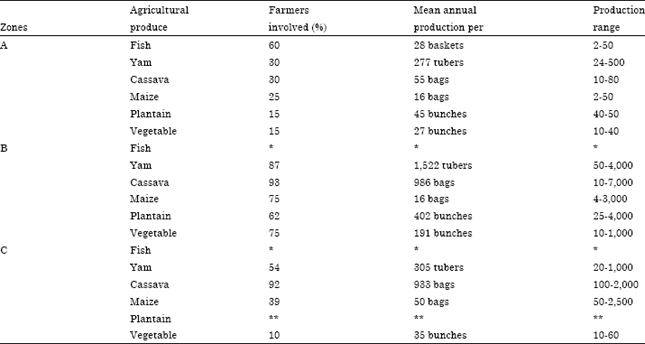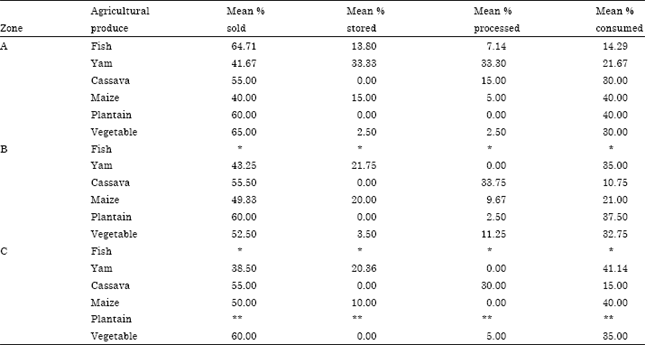Research Article
Assessment of Post Harvest Losses of Some Selected Crops in Eight Local Government Areas of Rivers State, Nigeria
Nigerian Stored Products Research Institute, P.M.B. 3032, Kano, Nigeria
J.A. Adegbola
Nigerian Stored Products Research Institute, P.M.B. 3032, Kano, Nigeria
E.I. Bamishaiye
Nigerian Stored Products Research Institute, P.M.B. 3032, Kano, Nigeria
E.F. Awagu
Nigerian Stored Products Research Institute, P.M.B. 3032, Kano, Nigeria
















